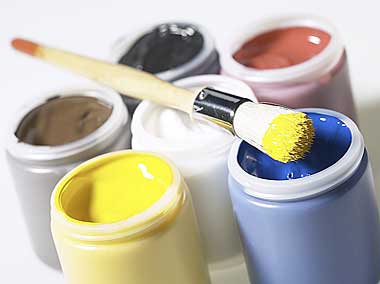 |
|||||||||
|---|---|---|---|---|---|---|---|---|---|
| ART | |||||||||
| HOME DECOR | |||||||||
| HOME | ARTISTS A-Z | STYLES | ART MAGAZINES | ART MUSEUMS | FEATURED ARTISTS | LESSONS | NEWS FOR ARTISTS | VIDEO |
|---|
|
|
||||||||||||||||||||||||||||||||||||||||||||||||||||||||||||||||||
|---|---|---|---|---|---|---|---|---|---|---|---|---|---|---|---|---|---|---|---|---|---|---|---|---|---|---|---|---|---|---|---|---|---|---|---|---|---|---|---|---|---|---|---|---|---|---|---|---|---|---|---|---|---|---|---|---|---|---|---|---|---|---|---|---|---|---|---|
|
|||||||||||||||||||||||||||||||||||||||||||||||||||||||||||||||||||
| HOME | ARTISTS A-Z | FEATURED ARTISTS | STYLES | ART MAGAZINES | ART MUSEUMS | LESSONS | NEWS FOR ARTISTS | VIDEO | LINKS | CONTACT | ||||||||||||||||||||||||||||
|---|---|---|---|---|---|---|---|---|---|---|---|---|---|---|---|---|---|---|---|---|---|---|---|---|---|---|---|---|
| Copyright StudioTreasure© 1999-2009. All rights reserved. StudioTreasure. | ||||||||||||||||||||||||||||
